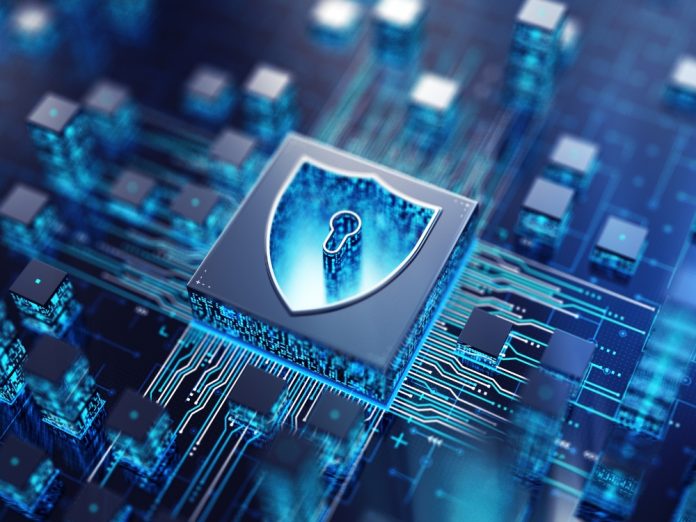In today’s digital world, cybersecurity is no longer a luxury but a necessity. The rise in cyberattacks and data breaches makes it imperative for businesses and individuals to secure their online presence. However, many people believe that robust cybersecurity requires a hefty budget. The good news is that you can significantly enhance your cybersecurity measures without breaking the bank. This guide will provide practical tips and strategies to help you bolster your cybersecurity while staying within budget.
1. Understand the Basics of Cybersecurity
Before diving into cost-effective strategies, it’s crucial to understand the basics of cybersecurity. This includes concepts like:
- Firewall: A barrier that monitors and controls incoming and outgoing network traffic based on predetermined security rules.
- Antivirus Software: A program designed to detect, prevent, and remove malware.
- Encryption: The process of encoding data to prevent unauthorized access.
- Multi-Factor Authentication (MFA): A security measure that requires more than one form of verification to access an account or system.
2. Conduct a Risk Assessment
Start by assessing your current cybersecurity posture. Identify your critical assets, potential vulnerabilities, and threats. A risk assessment helps prioritize security measures based on potential impact and likelihood. There are free and low-cost tools available online to help with this process.
3. Utilize Free or Low-Cost Security Tools
Several high-quality security tools are available for free or at a low cost. Here are some essential ones:
- Free Antivirus Software: Programs like Avast, AVG, and Bitdefender offer solid protection against malware without any cost.
- Firewall Solutions: Windows Defender Firewall is a built-in solution for Windows users, while ZoneAlarm offers a free version for additional protection.
- Password Managers: Tools like LastPass and Bitwarden offer free versions to manage and generate strong passwords.
4. Keep Software and Systems Updated
Regular updates to your operating system, applications, and software are crucial for cybersecurity. Updates often include patches for security vulnerabilities that cybercriminals could exploit. Enable automatic updates whenever possible to ensure your system remains protected against the latest threats.
5. Implement Multi-Factor Authentication (MFA)
Multi-Factor Authentication (MFA) adds an extra layer of security by requiring two or more forms of verification before granting access. Many services and applications offer MFA options, such as SMS codes, authentication apps (like Google Authenticator), or biometric verification. Enabling MFA can significantly reduce the risk of unauthorized access to your accounts.
6. Educate Yourself and Your Team
Cybersecurity awareness is one of the most effective defenses against cyber threats. Educate yourself and your team about common cyber threats such as phishing, ransomware, and social engineering. There are many free online resources and courses available that cover the fundamentals of cybersecurity. Regular training and awareness programs can help prevent costly security breaches.
7. Practice Safe Browsing Habits
Adopting safe browsing habits can greatly reduce your exposure to cyber threats. Here are some practical tips:
- Avoid Clicking on Suspicious Links: Be cautious of links in emails, texts, or social media messages from unknown sources.
- Verify Website Security: Ensure websites you visit use HTTPS, which indicates a secure connection. Look for a padlock icon in the browser’s address bar.
- Download Software from Trusted Sources: Only download software from reputable sites to avoid inadvertently installing malware.
8. Secure Your Wi-Fi Network
Securing your Wi-Fi network is an essential step in protecting your digital environment. Here’s how you can do it:
- Change Default Settings: Update the default username and password for your router.
- Use Strong Encryption: Enable WPA3 or WPA2 encryption for your Wi-Fi network to protect it from unauthorized access.
- Disable WPS: Wi-Fi Protected Setup (WPS) can be a vulnerability point, so it’s best to disable it if not needed.
9. Backup Your Data Regularly
Regular data backups ensure that you can recover your information in case of a cyber incident, such as ransomware. Use external hard drives, cloud storage services, or both to create regular backups. Many cloud storage providers offer free or low-cost plans with sufficient space for important files.
10. Monitor and Respond to Threats
Implementing monitoring tools can help you detect and respond to cybersecurity threats promptly. Many free and low-cost solutions are available that provide real-time monitoring and alerts for suspicious activities. Regularly review logs and reports to identify and address potential security issues before they escalate.
11. Utilize Open Source Security Solutions
Open source security solutions can be a cost-effective way to enhance your cybersecurity. Tools like:
- Snort: An open-source intrusion detection system (IDS) for network security.
- ClamAV: An open-source antivirus engine for detecting malware.
- OSSEC: An open-source host-based intrusion detection system (HIDS).
These tools offer robust features without the high price tag of commercial solutions.
12. Leverage Cybersecurity Frameworks
Cybersecurity frameworks provide structured approaches to managing cybersecurity risks. The National Institute of Standards and Technology (NIST) Cybersecurity Framework and the Center for Internet Security (CIS) Controls offer free resources and guidelines for improving your security posture. Implementing these frameworks can help you systematically address and mitigate cybersecurity risks.
13. Engage with the Cybersecurity Community
Engaging with the cybersecurity community can provide valuable insights and support. Online forums, social media groups, and local meetups offer opportunities to learn from others’ experiences and stay updated on the latest threats and solutions. Participating in these communities can also help you access free resources and tools.
Conclusion
Enhancing your cybersecurity measures on a budget is entirely achievable with the right approach. By understanding the basics, utilizing free tools, keeping software updated, and practicing safe habits, you can significantly improve your security posture without a substantial financial investment. Regular education and engagement with the cybersecurity community further strengthen your defenses. Implement these strategies to protect yourself or your organization from cyber threats while staying within your budget.
By following these steps, you’ll be well-equipped to safeguard your digital assets and navigate the complex world of cybersecurity with confidence.



